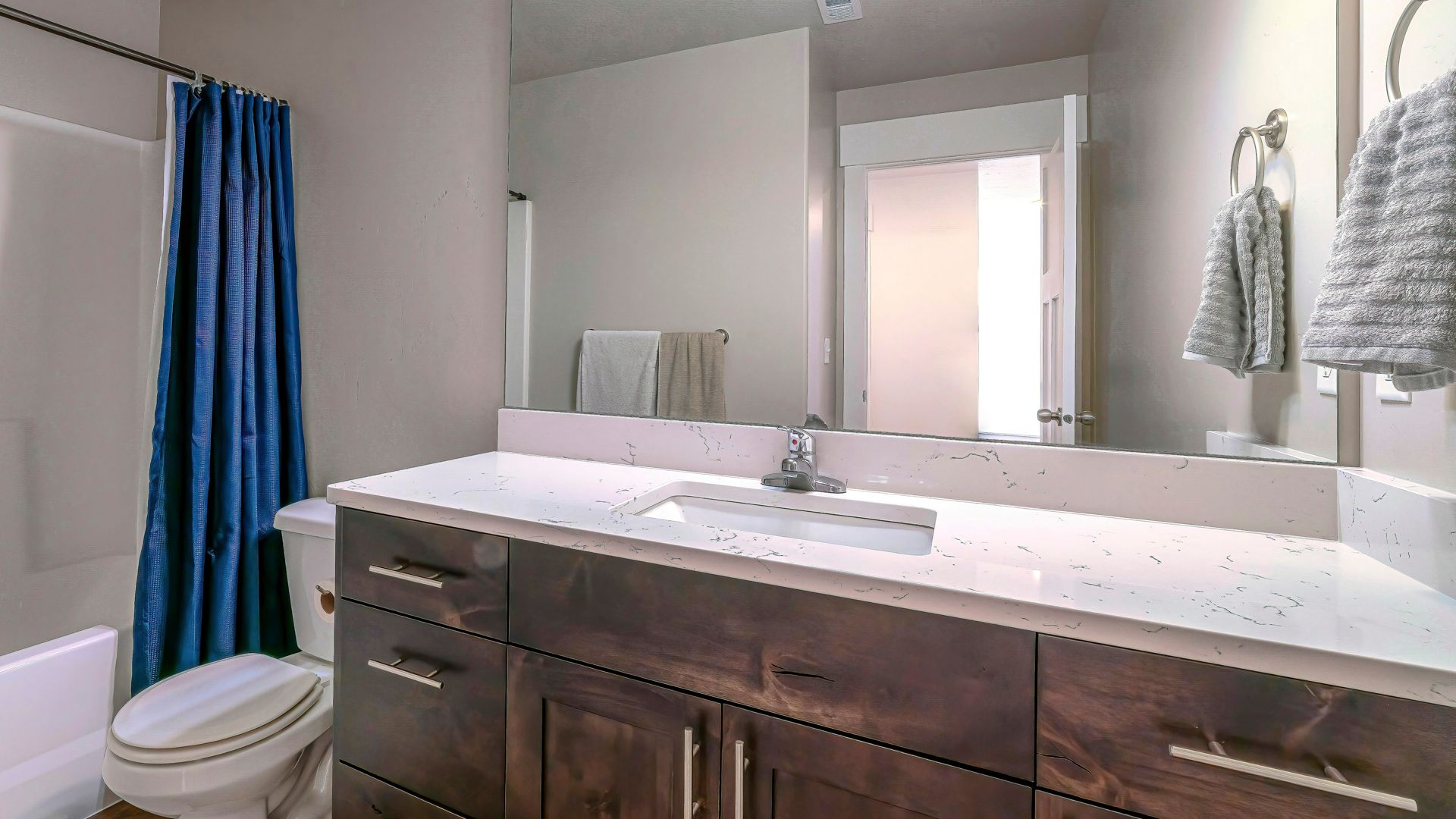As a family-owned and operated business, we know just how important family is--and there’s nothing more exciting than expecting a new addition to your family! September is National Baby Safety Month so we’re compiling the best advice and helpful tips to help you prepare your home for the youngest member of your family.
Why Is it Important to Childproof Your Home?
Every child is different, but most babies begin crawling around six to ten months old and can start walking anywhere between nine to 18 months old. Watching your little one take their first steps is a magical moment, but this milestone can quickly turn dangerous once your child has more access to different areas of your home.
According to statistics from the National Safety Council and the National Center for Injury Prevention and Control:
Drowning is the leading cause of unintentional injury-related death among children ages 1 to 4
Each year, about 2,000 children ages 14 and under die as a result of a home injury. Unintentional home injury deaths to children are caused primarily by fire and burns, suffocation, drowning, firearms, falls, choking, and poisoning
While there’s no way to prevent every accident that happens, you can help to prevent the most dangerous or deadly accidents by taking the following steps to childproof your home.
How to Babyproof Every Room in Your Home
The kitchen
The kitchen is possibly the most dangerous room for young children. The possibilities of injuries can range for poisoning, burns, cuts from sharp objects, and more!
Hide any and all possible choking hazards. Babies explore their world by chewing on things. Reduce their chances of choking by putting magnets, pen caps, buttons, or other small objects in a drawer or otherwise out of reach.
Reorganize your drawers. Between cooking and cleaning, it’s easy to be distracted in the kitchen. Purchase cabinet and drawer latches and reorganize the kitchen to put all potentially dangerous items (plastic bags, knives, etc.) in higher, hard to reach areas and safer items (such as Tupperware) in lower drawers.
The living room
Falls or collisions will be the biggest worry in this room, so many sure to pad sharp corners on tables or furniture to prevent serious damage. If your home has hardwood floors, consider investing in a rug to soften the inevitable slips or falls that come with your child’s first steps.
The bathroom
You should never leave your child unattended in the bathroom. As one of the most dangerous rooms in your home, there are many products and hazards that could pose a serious threat to your child. Follow these tips to keep your child safe in the bathroom:
Hide all electrical appliances, cleaning products, and medications. A determined child can unlatch safety latches on a cabinet, so it’s best to hide any medications or chemicals out of reach from even the most determined child. Secure electrical cords from hair dryers or curling irons to protect your child from accidental strangulation.
Invest in a toilet lock. It doesn’t take very much water or time for a child to drown. Make sure everyone in your home gets in the habit of closing and locking the toilet seats after every use.
Lower the max temperature on your water heater. The safest temperature for bathwater is around 100 degrees, but most water heaters are set to output water with a maximum temperature of 140 degrees. Turn the max temperature down to 120 degrees and always check the water temperature first to prevent serious burns or scalds.
Other hazards to keep in mind
Poisonous plants. Houseplants can help improve your home’s indoor air quality, but be cautious of certain plants that could be toxic to small children or pets.
Loose blinds or electrical cords. Loose cords of any kind can be a strangulation hazard.
Hot vents. Cover any radiators or heating vents to prevent the chance of burns from the hot metal.
Doorstops. Remove any loose caps that a curious child could try to eat.

